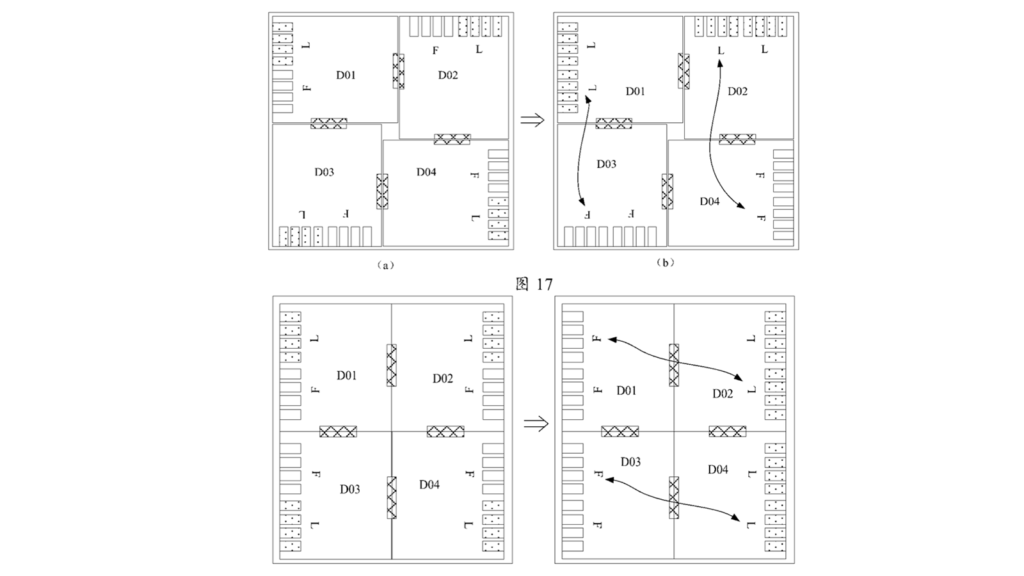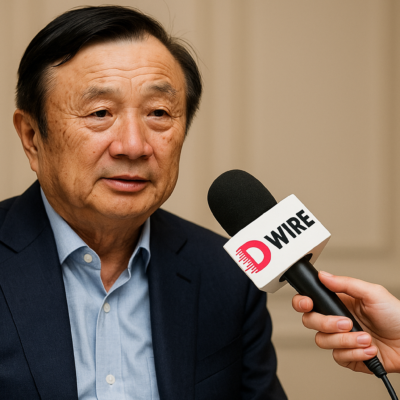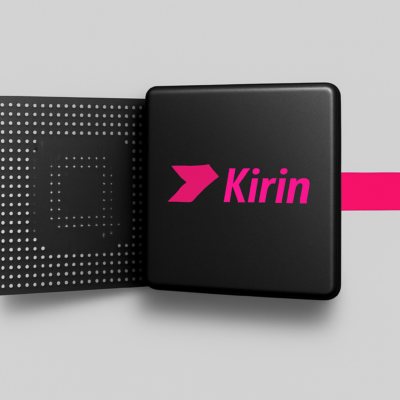The Chinese tech titan drops another bombshell via the patent filings. Huawei is now signaling its ambition to leapfrog the West in the critical arena of advanced chip packaging, a technology that could render US lithography sanctions increasingly worthless. The patent, likely detailing their rumored Ascend 910D AI accelerator, reveals a quad-chiplet design – but the real jaw-dropper is the underlying packaging tech. It looks suspiciously like they’re developing their own answer to TSMC’s CoWoS-L or Intel’s EMIB, potentially putting them on par with or even ahead of TSMC in packaging prowess.
Huawei’s strategy is becoming brutally clear: if you can’t get the absolute smallest transistors, just get incredibly good at stitching together multiple powerful chiplets made on slightly older, domestically achievable nodes.
As Ren said,

This patent gives it a terrifyingly solid foundation.
Of course, the usual caveats apply – patents don’t always become products. But given Huawei’s track record of defiance and innovation under extreme pressure (remember the Mate 60 Pro emerging from the “impossible” 7nm sanctions?), you’d be a fool to bet against them. This Ascend 910D, if it lives up to the patent’s promise, is projected to surpass Nvidia’s H100 in per-GPU performance.
Huawei is apparently gearing up to ship around 700,000 Ascend AI processors in 2025, according to Mizuho. That’s 700,000 middle fingers aimed squarely at the US Commerce Department, whose own official pathetically tried to downplay Huawei’s output to a mere 200,000.
No wonder Nvidia’s Jensen Huang admitted Huawei is a “formidable” competitor, and US officials like David Sacks are now wringing their hands, warning that US restrictions might have globally created an opening for Huawei. Ya think?!
This is a slow bleed that’s far more dangerous to US technological supremacy. Every chiplet Huawei perfects, every packaging breakthrough they achieve, every workaround they engineer represents another small cut in America’s tech dominance. While Washington celebrates each new round of sanctions as a victory, Huawei methodically builds indigenous capabilities that will eventually make those restrictions irrelevant. The real horror for US policymakers isn’t that Huawei might fail under pressure—it’s that they’re succeeding in spite of it, creating a parallel technological ecosystem that renders American leverage obsolete.





